


Dolor, eu dolore aute non in officia cillum

Armenian Jerusalem

Elia
Kahvedjian's
adept
fingers
could
tease
the
strings
of
his
banjo
and
mandolin
into
seductive
dances
and
renditions,
just
as
skillfully
and
felicitously
as
they
could
coax
his
treasured
Hasselblad
and
Leica
into
turning
out
irresistible
photographic
compositions.
A
legend
in
his
time,
the
mild-mannered
Armenian
photographer
of
Jerusalem,
survived
a
horrendous
ordeal
of
starvation,
torture
and
genocide,
and
a
run
in
with
nefarious
cannibals,
by dint of sheer guts, determination and luck, to leave an indelible imprint on the cultural history of the Holy City.
Jirair
Tutunjian,
a
Jerusalemite
who
currently
lives
in
Canada,
has
kindly
contributed
this
review.
He
says:
“[Some
time
ago],
historian
George
Bournoutian
of
Iona
College
in
N.Y.
visited
Toronto
to
talk
about
the
exciting
chapter
of
the
New
Julfa
merchants,
who
travelled
across
Iran,
Afghanistan,
Pakistan,
India,
Bangladesh,
Burma
(Myanmar),
Thailand,
Hong
Kong,
Singapore,
Dutch
Batavia
and
to
the
Philippines
before
Europeans
monopolized
the
East-West
trade.
After
the
speech,
I
bought
from
Mr.
Bournoutian
a
rare
copy
of
"The
Travel
Accounts
of
Simeon
of
Poland."
Mr.
Bournoutian
had
annotated
and
translated
the
book
from
Armenian.
What
intrigues
us
most
is
Simeon’s
accouont
of
life in Jerusalem in the early 17th Century.
For
most
of
the
world,
Calouste
Gulbenkian
will
always
be
known
as
Mr
Five
Percent,
the
man
who
held
that
much
stock
in
the
Iraqi
Petroleum
Company.
But
for
Armenians
in
general,
and
their
Old
City
of
Jerusalem
in
particular,
the
name
Gulbenkian
evokes
notions
of
a
much
grander
and
more
lasting
perspective:
this
is
the
family
that
has,
for
over
two
centuries,
held
Jerusalem
above
all
their
joys,
lavishing
upon
it
veneration,
affection
and
largesse
that
can
never be quantified.
Robert
Marashlian
has
been
writing
poetry
for
as
long
as
he
can
remember.
But
somehow
he
never
got
around
to
having
any
of
his
work
published.
Until
now.
New
York
publisher
Vantage
Press
has
now
made
that
dream
of
his
come
true.
The
new
poetry
anthology
is
entitled
"The
Odyssey
of
Life."
"The
poetry
of
Robert
Marashlian
is
frequently
a
criticism
of
contemporary
society's
beliefs
as
well
as
the
way
we
now
live.
His
work
reflects
his
feelings
toward
the
outstanding events of our times, not to mention his profound appreciation of life," according to a book review.
The
Hebrew
University
of
Jerusalem
has
spearheaded
the
publication
of
an
English
translation
of
a
virtually
unknown
Armenian
medieval
epic
that
graphically
expresses
the
yearning
of
the
first
people
to
convert
to
Christianity
for
salvation
and
paradise.
The
translation
into
English,
the
first
ever,
was
the
work
of
the
noted
Armenologist,
Michael
Stone,
director
of
the
university's
Armenian
studies
program,
balancing
literary
felicity
with
faithfulness
to
the
original,
uncovering
medieval
Armenian
poetic
tradition
through
its
more
than
6,000
gracefully
translated
lines.
Stone’s
work
has
brought
alive
the
brilliance
of
paradise,
the
wickedness
of
Satan,
and
the
inner
struggle
of
the
first
man
and
woman,
Adam
and
Eve,
in
his
rendition
of
the
early
15th
CE
epic
"Adamgirk:
The
Adam
Book
of
Arakel
of
Siwnik."
The
checkered
history
of
the
Armenians
in
Jerusalem,
with
their
remarkable
achievements
[among
them
the
setting
up
of
the
city's
first
photographic
studio
and
printing
press]
have
been
relatively
well
documented
over
the
years
by
Western
scholars
fascinated
by
this
remote
remnant
of
an
exotic
race.
Although
diaspora
Armenians
themselves
have
been
demonstrably
lax
in
chronicling
the
endeavors
of
their
compatriots
in
Jerusalem
the
gap
left
by
such
illustrious
historians
as
Hovhanissian,
Ormanian,
Savaleantz
and
Sanjian
has
been
admirably
filled
by
objective
observers,
particularly
from
Europe.
A
definitive
account
(if
there
ever
can
be
one)
by
a
native
Armenian
Jerusalemite
is
long
overdue, the lapse difficult to explain.
Although
the
Armenian
connection
with
Jerusalem
began
some
two
centuries
before
the
advent
of
Christianity,
when
the
victorious
armies
of
King
Tigranes
II
swept
across
the
land,
extending
an
empire
that
encompassed
much
of
the
known
world
then,
documentary
evidence
from
that
period
is
scant
and
fragmentary.
The
armies
had
left
behind
colonies
of
Armenians
whose
numbers
were
constantly
replenished
and
augmented
over
the
years,
but
few,
if
any,
of
the
records
they
must
have
kept
over
the
years,
have
survived.
One
such
exception
is
a
letter
from
a
Byzantine
bishop, unearthed recently by leading Armenian scholar, Prof Abraham Terian.
The
Armenians
of
the
Holy
Land
have
proved
a
fertile
breeding
ground
for
prolific
artisans
and
craftsmen,
philosophers
and
musicians,
poets
and
journalists,
but
social
historians
rarely
merit
a
mention.
(Tourian
and
Ormanian
were
more
interested
in
church
affairs).
With
the
unfortunate
result
that
the
history
of
this
vibrant
community
has
never
been
fully
documented,
except
for
one
or
two
books,
the
relatively
recent
John
Rose
"Armenians
of
Jerusalem"
and
an
earlier
guidebook
by
the
late
Assadour
Antreassian.
Kevork
Hintlian's
heavily
researched
"History
of
the
Armenians
in
the
Holy
Land"
(1989,
2nd
ed.,
Armenian
Patriarchate
Printing
Press,
Jerusalem) comes very close to redressing the balance.
IIt
is
a
crying
shame
that
a
truly
comprehensive
and
scholarly
gratifying
history
of
the
annals
of
the
Armenians
of
Jerusalem
had
not
yet
been
penned
before
Haig
Krikorian
embarked
on
his
8-year
long
Herculean
endeavor
to
produce
his
epic
“Tales
of
the
Armenian
Patriarchs
of
Jeruslem.”
It
makes
fascinating
reading
with
its
meticulous
attention to detail and endless anecdotal forays.
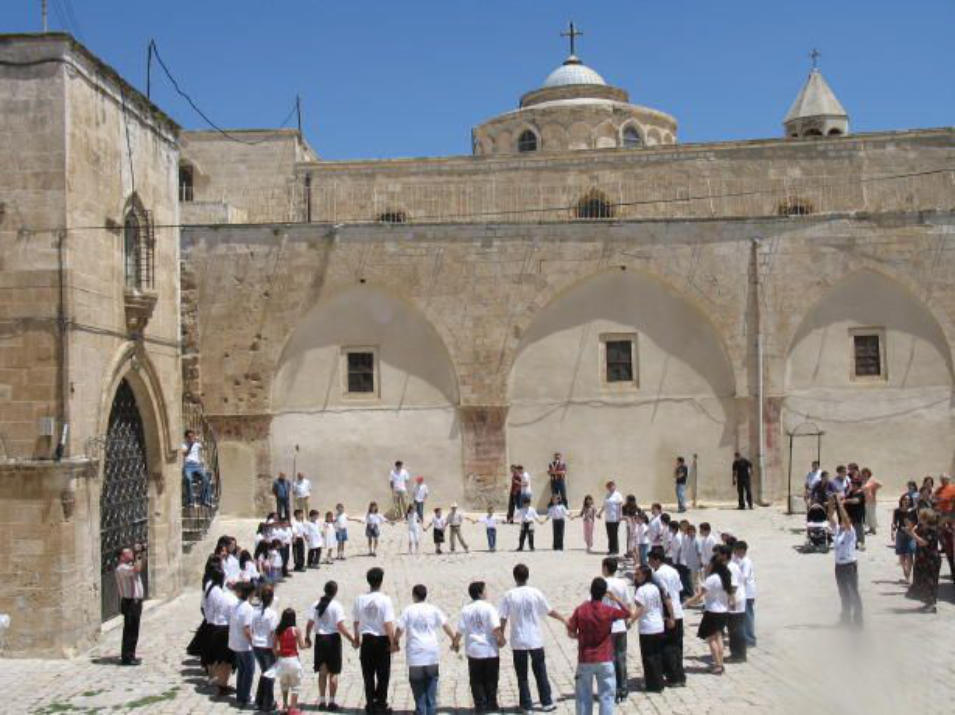


















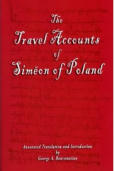


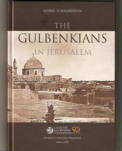



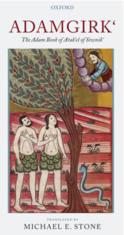
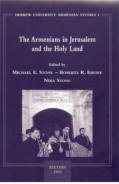


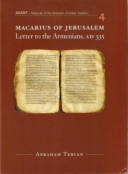

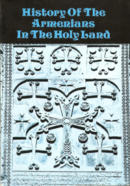





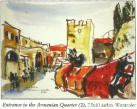

Since
early
childhood,
Sarkis
Antikajian
had
nurtured
one
paramount
dream:
to
paint,
to
be
an
artist,
to
give
expression
to
the
creative
urges
in
him
by
metamorphosing
them
into
landscapes,
portraits,
still
lifes.But
the
fact
that
he
was
growing
up
in
a
part
of
the
world
where
art
took
last
place
to
the
struggle
for
survival,
did
not
prove
easily
conducive
to
the
realization
of
that
dream.
So
he
had
to
bide
his
time
and
be
satisfied
with
continuing
to
study, hope and plan.
























